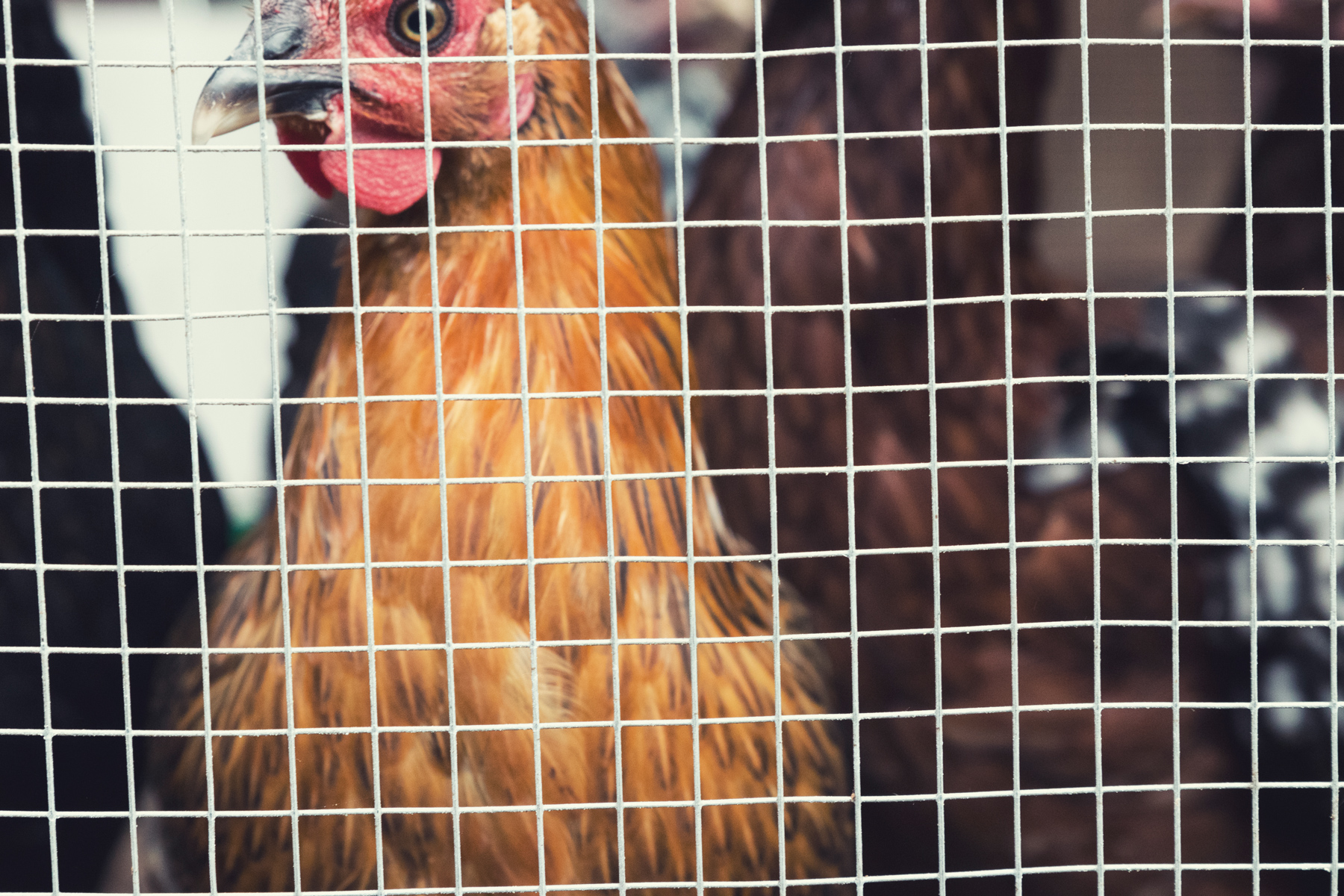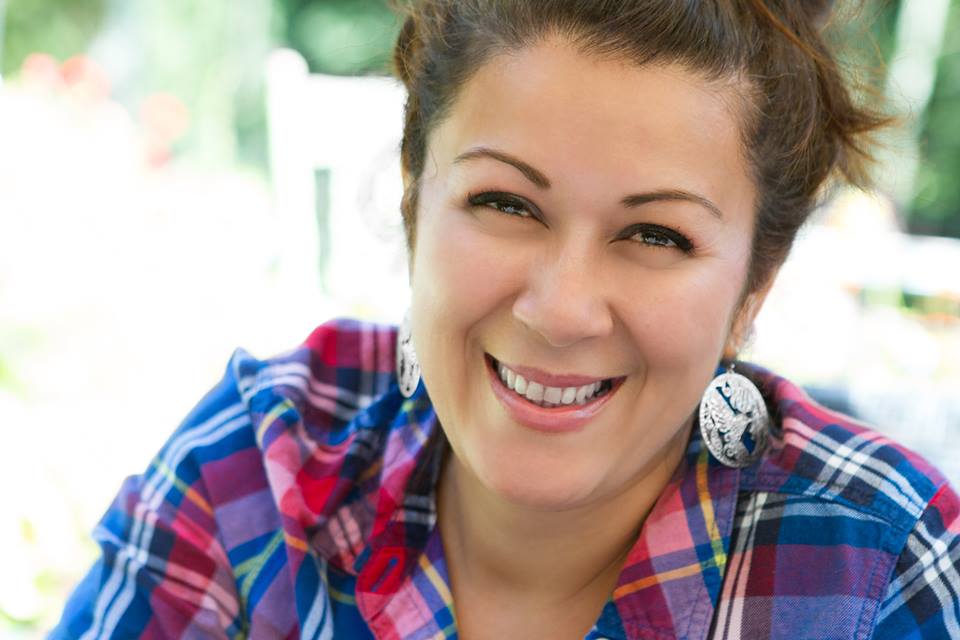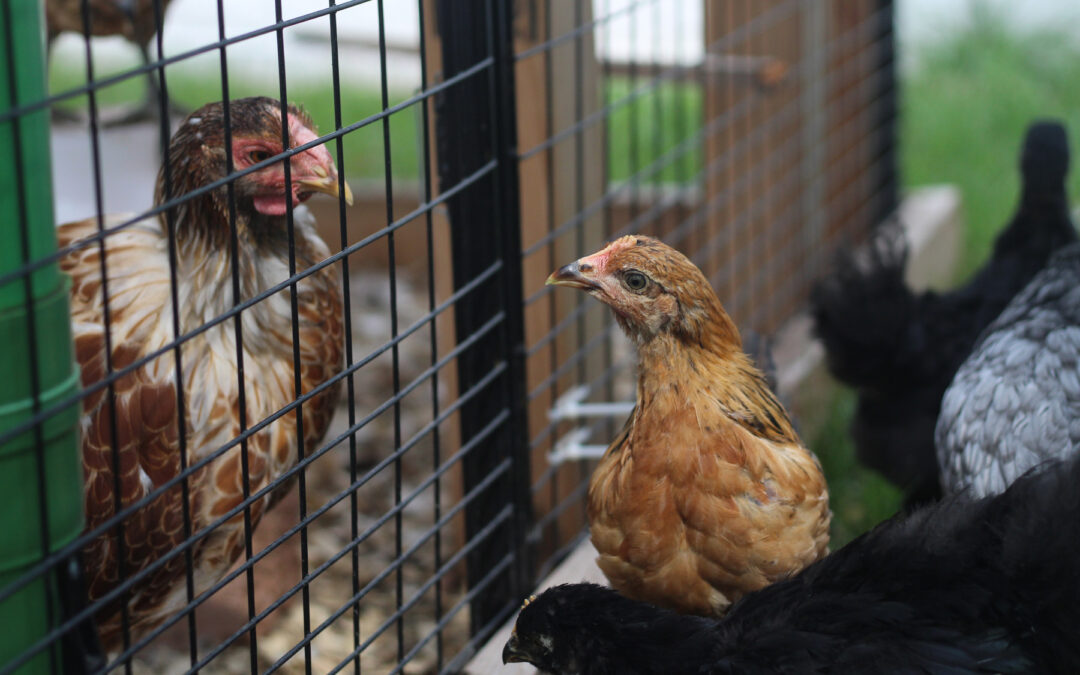Incorporating new chickens is bound to happen at some point or another when you are raising poultry. Whether you keep chickens in town or out in the country, it is essential to know how to safely integrate new chickens into your flock. Taking the correct steps during this process will cause less stress for your birds, and will also keep them healthy in the long run.
Over the years, we have added a large amount of new poultry into our own flocks. The process of integrating new chickens into an established flock is crucial, as a new pecking order needs to be established in a controlled manner. Follow the steps below to make the transition as seamless as possible for both you and your birds.
Understanding Flock Dynamics
Whether you are raising chickens, ducks, turkeys, or even quail, it is important to understand that they are flock birds. Pecking orders are a large part of how they communicate and stay safe. An unrecognized bird is an outsider, and it takes time for them to be accepted into a new flock.
Existing flocks have an established pecking order that allows each bird to know their place within the flock. Members higher in the pecking order will often consume more feed, have a higher spot on the roosting bar, and will get the nest they most desire. More often than not, birds lower on the pecking order will be pecked at by those higher. Sadly, this is nature’s way, and one we must accept as chicken keepers.
New birds must go through a “right of passage” in order to find their place within the flock. Keep in mind that the pecking order can shift quickly. Any member of the flock, male or female, can go from the lowest level of the pecking order to the highest, or vice versa, at any given point in time.
Bully Behavior
Occasionally, a bird from the original flock will turn into an extreme bully and harm the newer flock members. If this should occur, then my course of action is to place the bully in a time-out for a short period of time. By pulling an aggressive bird from the flock and separating them from the others, it will often lower their level in the pecking order and cause the chaos to settle down. Be sure to monitor the bird that has been pecked, too, as it may also require being separated from the flock if it has open wounds.
The Quarantine Process
The best way to integrate new chickens and other poultry into a new flock will depend largely on the age of the birds. For example, introducing chicks to a flock is a much different procedure than how one would incorporate adult birds. While chicks require a quarantine period to keep them safe from larger flock members, all adolescent and adult birds from other properties must be quarantined to avoid potentially spreading illness or pests to your existing flock.
CHICKS
Newly hatched chicks brooded by an existing flock member will typically have an easier time when introduced to the flock. I have had hens suddenly appear with a clutch of chicks, and everyone went about their business as normal. However, some broody hens and their chicks do require a slow integration, as their safety will depend on the temperament of your flock. If excessive bullying should occur from older members, the broody hen and her chicks should be quarantined quickly for the safety of the young birds. Keep a close eye on any peck wounds in this situation, too.
Chicks that are purchased from an NPIP hatchery will often arrive free from many health issues due to being incubated away from other adult birds. Because of the necessary requirements for brooding and raising new chicks, the chicks are, by default, placed in a quarantine situation prior to integration with your original flock. However, even though hatchery chicks are typically disease free, they will not be ready to integrate into an existing flock until they are fully feathered and closer in size to your adult birds.
PULLETS AND ADULT BIRDS
It is important to practice good biosecurity by quarantining any new birds for one month when they come onto your property. Health problems such as mycoplasma gallisepticum, minor respiratory issues, and even coccidiosis in adult birds can appear days or even weeks after a new bird enters the property. Issues such as mites or lice can spread like wildfire if a keeper is not cautious in examining the birds prior to bringing them onto their property. During the quarantine period, keep your new chickens completely separate from your existing flock, and monitor them closely for any signs of illness or disease.
Look But Don’t Touch
The safest way to integrate new flock members into your existing flock after the quarantine phase is complete is through the Look but Don’t Touch method. This process protects the newcomers from being pecked at while allowing the older birds to slowly recognize and accept them. We practice this method for a minimum of two weeks before mixing the two flocks. However, this time period isn’t set in stone, and will depend on your flock’s comfort level, as well as your own.
At times, the original flock will single out a newer bird to pick on, which can be quite difficult for many to witness. However, try to refrain from removing any birds unless blood is drawn. If removing an injured bird is necessary, make sure to also remove a friendly partner to keep them company. Treat any wounds as needed and proceed with the Look but Don’t Touch method for a few more days. Once the injured bird is fully healed, you can begin the integration process once again.

Introducing Chicks to the Flock
Our coop is quite large, which has allowed us to set up a grow-out brooder within the coop itself. Once new chicks are fully feathered and are ready to leave the chick brooder, they are placed directly into the grow-out brooder. Over the next couple of weeks, the two flocks have the opportunity to become acquainted with each other using the Look but Don’t Touch method. This approach helps minimize many potential issues during integration. In addition to a smooth transition, this allows the younger birds to learn where to roost and where the nesting boxes are, as they have watched the older flock members throughout the day from the safety of their grow-out brooder.
When you move past the quarantine process and begin actual integration, this younger group will also need plenty of hiding places to escape overly aggressive flock members. Always remember that it is important to intervene if you notice any blood, but give your flock the opportunity to work out their new pecking order if everyone is physically safe.
Incorporating New Layers and Roosters
Once the quarantine period is over, I allow new and existing birds to practice the Look but Don’t Touch method for roughly two weeks prior to mixing the groups. If you feel that a pecking issue is too aggressive, remove the new birds and separate them for a few more days. Again, as long as no blood is drawn, I allow the birds to work it out themselves, but I always keep an eye out for potential issues.
As with chicks, providing enough room and hiding spaces for the new birds to escape and duck behind will help the integration immensely. This will allow the newer birds an opportunity to take a break from the original flock while they work through establishing their place in the pecking order.
The Necessary Materials
There are many methods for integrating new chickens into the flock, but all require a protective barrier that will keep the newer flock members separate from the original birds. Here are some of the materials that I have successfully used:
- Extra large wire dog kennels
- Large brooder box with hardware cloth on one side
- Wire fencing material
- Electric poultry fencing
Selecting your equipment will depend on the number of birds you intend to integrate and their ages. For example, five young pullets will fit easily in an extra large wire dog kennel or large brooder box, whereas five adult birds would require being separated using wire fencing or electric poultry fencing.
The End Goal
While integrating new chickens into the flock can certainly feel intimidating at first, you can set everyone up for success by quarantining your new birds for one month and then practicing the Look but Don’t Touch method for about two weeks before introducing them. Many chicken keepers will prolong the integration process, as they feel they are protecting the newer birds. However, the sooner the pecking order is established after quarantine and the Look but Don’t Touch phase, the easier it will be on the entire flock. The best advice I can give is this: plan to integrate your birds at a time when you will be available for a few days. That way, you can closely watch the flocks mingle and take action if the need should arise. Eventually, life in the poultry yard will pan out and resume as normal.

Ann Accetta-Scott is a homesteader in Tennessee raising poultry, goats, cows and rabbits. She is an educator and encourages those who are seeking to live a more sustainable lifestyle. Ann is also the face behind the website A Farm Girl in the Making and author of The Farm Girl's Guide to Preserving the Harvest.
Photos courtesy of Will Riggs and McMurray Hatchery staff.

